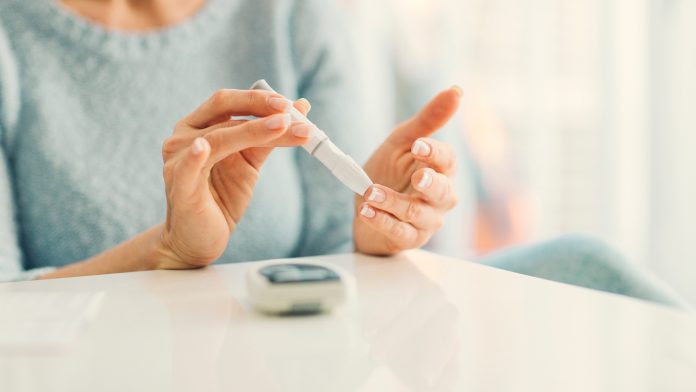
An experimental two-in-one insulin injection has been created to help diabetics gain better control of their blood sugar.
The injection, developed by researchers at Stanford University to boost the effectiveness of insulin injections, is a combination of insulin and a second hormone, amylin, and works by mimicking the functions of the human body. The development will help people with diabetes to gain better control of their blood sugar.
Amylin plays a synergistic role with insulin to control blood sugar levels after eating in a way that is more effective than insulin alone, and mimics what occurs naturally with a meal.
The paper has been published in Nature Biomedical Engineering.
Developing a new technique
The amylin drug is already available for use however, less than 1% of diabetics use this combination therapy as the two hormones are too unstable to co-exist in the same syringe. Now, the researchers have developed a new technique that involves a protective coating wrapping around insulin and amylin molecules which allows them to co-exist in the syringe.
Appel, senior author of the research paper, said: “Taking that second injection with the insulin shot is a real barrier for most diabetic patients. Our formulation would allow them to be given together in a single injection or in an insulin pump.
“This coating dissolves in the bloodstream, enabling these two important hormones to work together in a way that mimics how they function in healthy individuals.”
Molecular wrapper
To make it possible to pair insulin and amylin in one syringe, the researchers developed a molecular wrapper made of polyethylene glycol, or PEG, a common nontoxic chemical used in everything from cosmetics to laxatives.
The Stanford team used a new type of PEG that has a sort of molecular Velcro on the end, called cucurbituril-PEG or CB-PEG. The Velcro-like abilities of CB-PEG enable it to reversibly bind to both insulin and amylin separately, shielding the unstable portions of each molecule from breakdown. Once injected into the body, however, the drugs unbind from the CB-PEG and are free to act unhindered.
“We’re excited about the results to say the least,” Appel said. Appel has already filed for a patent on the technology.









